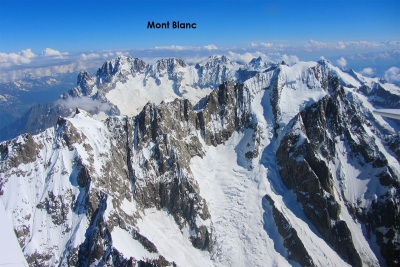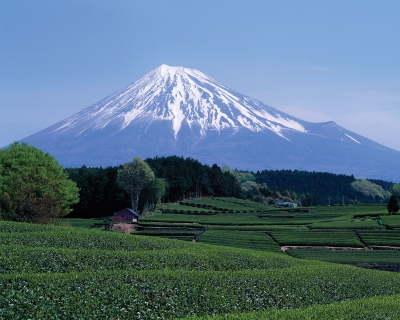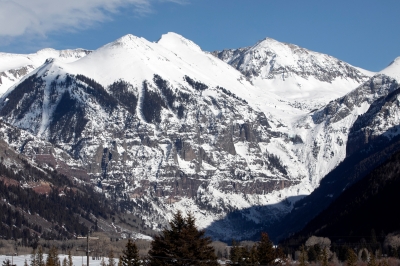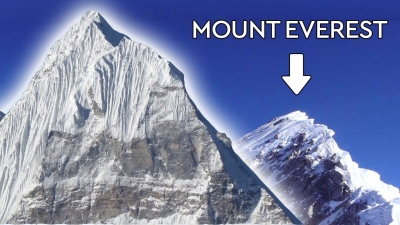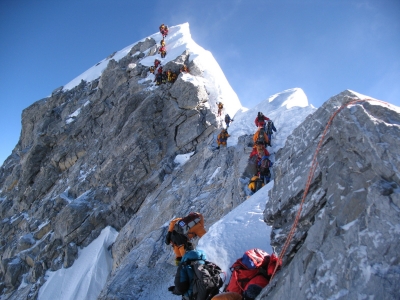How are mountains created?
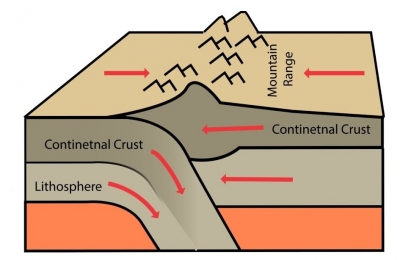
|
Most of the world’s greatest mountain ranges the Himalayas, the Andes, the Rockies, the Caucasus and the Alps were created as Earth's tectonic plates collided. As the huge tectonic masses crashed into each other, they forced the layers of rock to fold. This is why these mountains form long, narrow ranges along the edges of continents. Mountains are also created as powerful earthquakes move Earth's crust and lift up huge blocks of rock. Volcanic eruptions can also create mountains. |
Mountains are formed by movement within the Earth’s crust. The crust itself is made up of several large plates, called tectonic plates, which are free floating. These huge chunks of the Earth’s crust move within molten rock called magma, which allows them to shift and collide over time. Even though humans live on the crust, they do not often feel these movements as they are very slow, and the sheer size of each plate is so large. Nevertheless, these shifts still have great impacts on human life as the movement of plates is what creates changes in the geographical structure of the surface of the earth. In this way, mountains are created over time. When these plates collide, there is a great deal of mass and pressure which suddenly comes to a stop, and it is this movement that forces the Earth into buckles or protrusions which are known as mountains. Depending on how these plates move or collide, one of three types of mountains can be formed. The three types of mountains or mountain ranges are: volcanic, fold, and Block Mountains, each of which is formed in a different way.
Volcanic Mountains:
Volcanic mountains are formed when a tectonic plate is pushed beneath another (or above a mid-ocean ridge or hotspot) where magma is forced to the surface. When the magma reaches the surface, it often builds a volcanic mountain, such as s shield volcano or a strato-volcano.
Fold Mountains:
As the name suggests, Fold Mountains occur when two tectonic plates collide at a convergent plate boundary, causing the crust to over thicken. This process forces the less dense crust to float on top of the denser mantle rocks – with material being forced upwards to form hills, plateaus or mountains – while a greater volume of material is forced downward into the mantle.
Block Mountains:
Block Mountains are caused by faults in the crust, a seam where rocks can move past each other. Also known as rifting, this process occurs when rocks on one side of a fault rise relative to the other. The uplifted blocks become Block Mountains (also known as horsts) while the intervening dropped blocks are known as graben (i.e. depressed regions).
Credit: WorldAtlas
Picture Credit : Google
